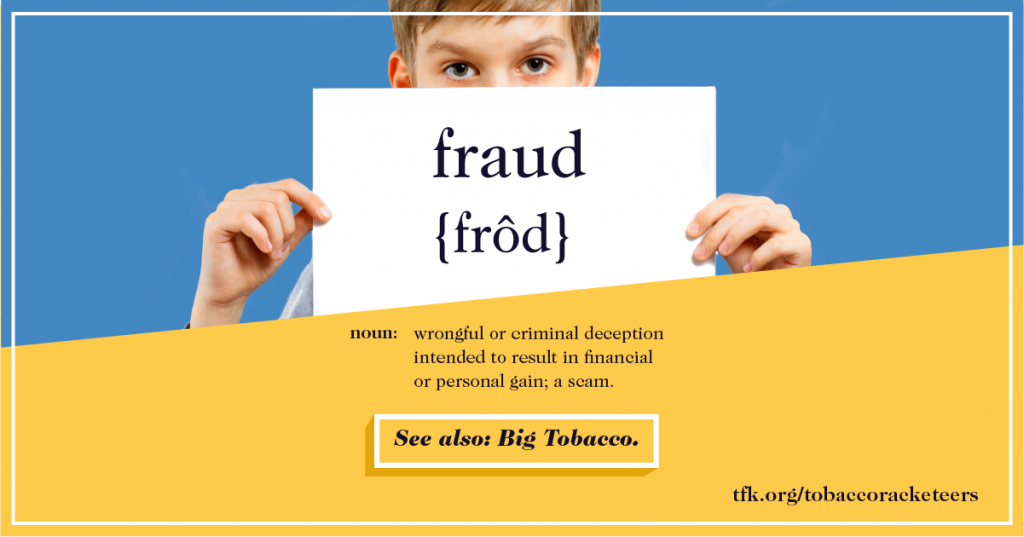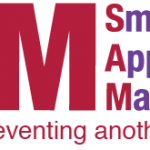Talk with teens and young adults you know about the dangers of e-cigarette use.
E-cigarettes, devices that typically deliver nicotine, flavorings, and other additives to users through an inhaled aerosol, are a rapidly emerging trend, and are especially popular among youth and young adults. These devices are referred to by a variety of names, including “e-cigs,” “e-hookahs,” “mods,” “vape pens,” “vapes,” and “tank systems.” E-cigarettes can also be used to deliver other drugs besides nicotine, such as marijuana.
Scientists are still learning more about how e-cigarettes affect health. However, there is already enough evidence to justify efforts to prevent e-cigarette use by young people. We know that the vapor from e-cigarettes is harmful because it contains harmful ingredients, including nicotine. Nicotine exposure during adolescence can cause addiction and can harm the developing brain.
In 2016, a U.S. Surgeon General’s Report on e-cigarette use among youth and young adults became the first report issued by a federal agency that carefully reviewed the public health issue of e-cigarettes and their impact on our nation’s young people. Because most tobacco use starts during adolescence, actions to protect our nation’s young people from a lifetime of nicotine addiction are critical.
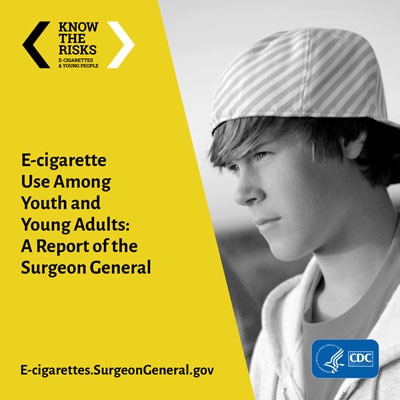
The 2016 U.S. Surgeon General’s Report informs the public about how e-cigarettes impact our nation’s young adults.
E-cigarettes are now the most commonly used form of tobacco by youth in the U.S. And dual use, or using both e-cigarettes and conventional cigarettes, is common among youth and young adults 18-25 years of age. Reasons reported by young people for using e-cigarettes include curiosity, taste, and the belief that e-cigarettes are less harmful than other tobacco products.
Flavored e-cigarettes are very popular, especially with young adults. More than 9 of every 10 young adult e-cigarette users said they use e-cigarettes flavored to taste like menthol, alcohol, candy, fruit, chocolate, or other sweets. More than 8 of every 10 youth ages 12-17 who use e-cigarettes said they use flavored e-cigarettes.
E-cigarettes are a 2.5 billion dollar business in the U.S. As of 2014, the e-cigarette industry spent $125 million a year to advertise their products, and used many of the techniques that made traditional cigarettes popular such as sexual content and customer satisfaction. We know that marketing and advertising of conventional tobacco products like cigarettes can lead youth to use tobacco, and scientists are also finding that youth who are exposed to e-cigarette advertisements are more likely to use the product than youth who are not exposed.
What You Can Do
It is important to prevent harm to youth and young adults from e-cigarettes. We know enough to take action now to protect the health of our nation’s young people. Everyone has a role, including parents, health care providers, teachers, and others who work with and care about young people.

Talk with your teen or other young people about the dangers of e-cigarettes.
You can start by talking to your kids or to other young people you know about the dangers of e-cigarettes. Tell them about the harm that nicotine (in any form) can do to their growing brain. Let them know that you stand strong against them using any tobacco products, including e-cigarettes, now or in the future. Even if you have used tobacco yourself, they will listen if you discuss your struggles with nicotine addiction. The following are specific actions that parents and other adults can take to reduce young people’s exposure to e-cigarettes:
- Restrict E-cigarette Use Around Young People. Don’t let anyone use e-cigarettes or other tobacco products around young people. Not only are youth watching the behaviors of others as an example, but they’re also at risk of exposure to nicotine and other chemicals that can be harmful to their health.
- Visit Tobacco-Free Locations. Avoid restaurants and other locations that allow use of tobacco products, including e-cigarettes.
- Ensure School is Tobacco-Free. Check with your school administration to ensure your child’s school, college, or university is completely tobacco-free, including being free of e-cigarettes.
- Make Your Home Tobacco-Free. Make your home and vehicles tobacco-free by not allowing use of any tobacco products, including e-cigarettes, by family members, friends, and guests. This is an important step to fully protect your children from exposure to secondhand cigarette smoke and secondhand aerosol from e-cigarettes.
- Be an Example. Be an example to youth by living tobacco-free. Even if you’re quitting tobacco, share the reasons why you want to be tobacco-free and ask for support in your journey.
Available Resources
If you need a little help with starting the conversation about e-cigarettes, the following resources, available on the Surgeon General’s website on e-cigarettes, might help:
- The Parent Tip Sheet[5.2 MB] offers ideas for conversation starters. Print this for yourself or share it with your children. Ask them what they think after reading the tip sheet.
- A video on the harms of nicotine for the developing brain, which features the U.S. Surgeon General, is available for you to watch or share with your child.
- A fact sheet[114 KB] features key findings from the Surgeon General’s Report on e-cigarette use among youth and young adults that you can share with your child.
Remember, youth tobacco use in any form, including e-cigarettes, is unsafe. Working together, we can keep America’s youth and young adults safe from the dangers associated with tobacco use and nicotine addiction.
Resources from cdc.gov




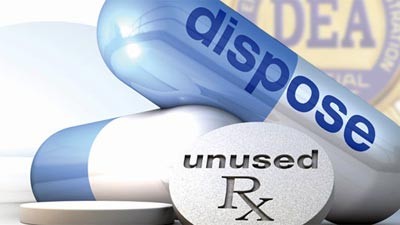




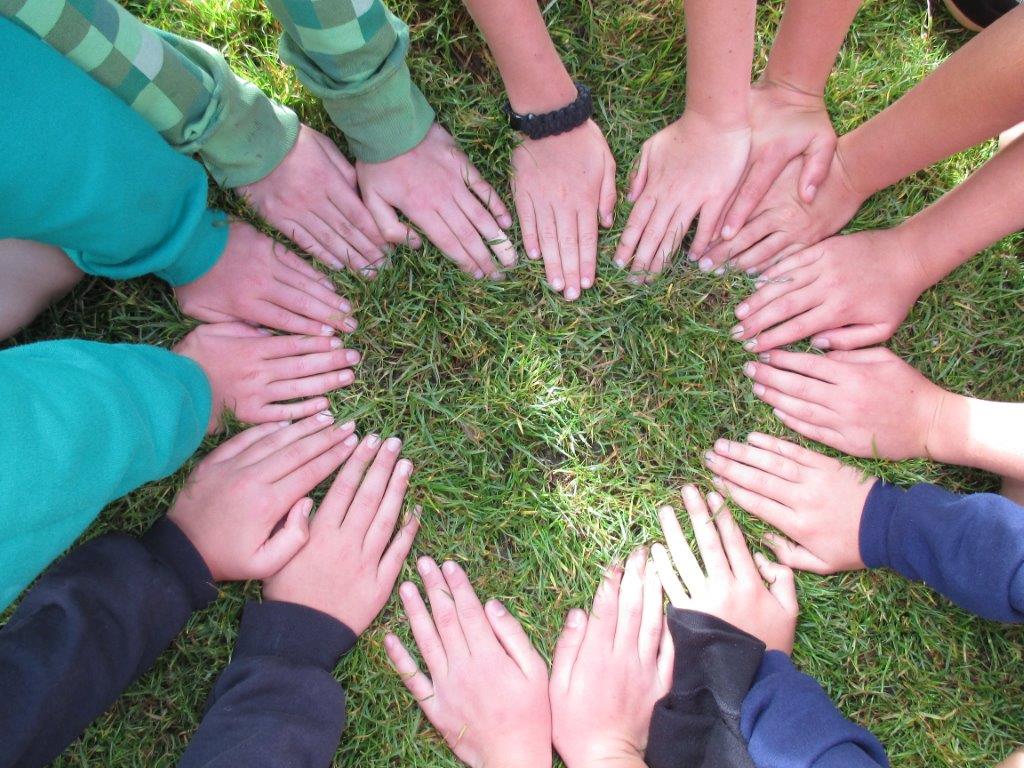

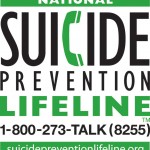
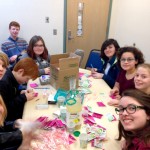
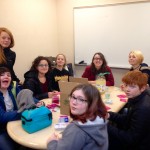
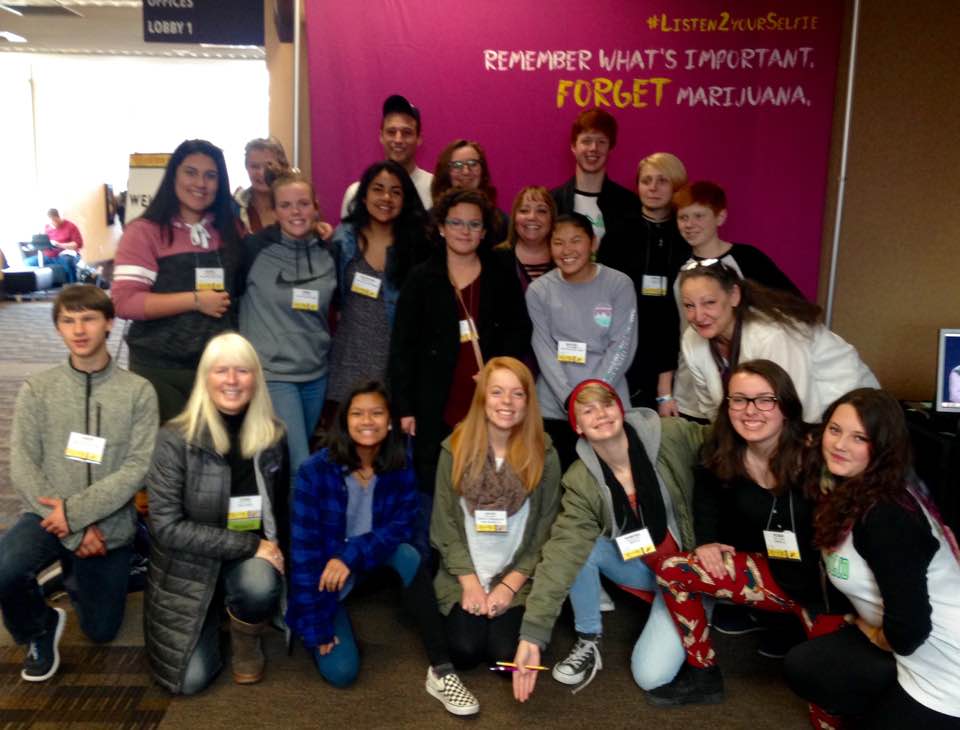
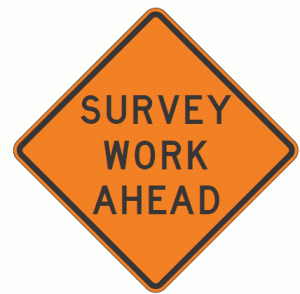
 The 2016 U.S. Surgeon General’s Report informs the public about how e-cigarettes impact our nation’s young adults.
The 2016 U.S. Surgeon General’s Report informs the public about how e-cigarettes impact our nation’s young adults.
 Talk with your teen or other young people about the dangers of e-cigarettes.
Talk with your teen or other young people about the dangers of e-cigarettes.
